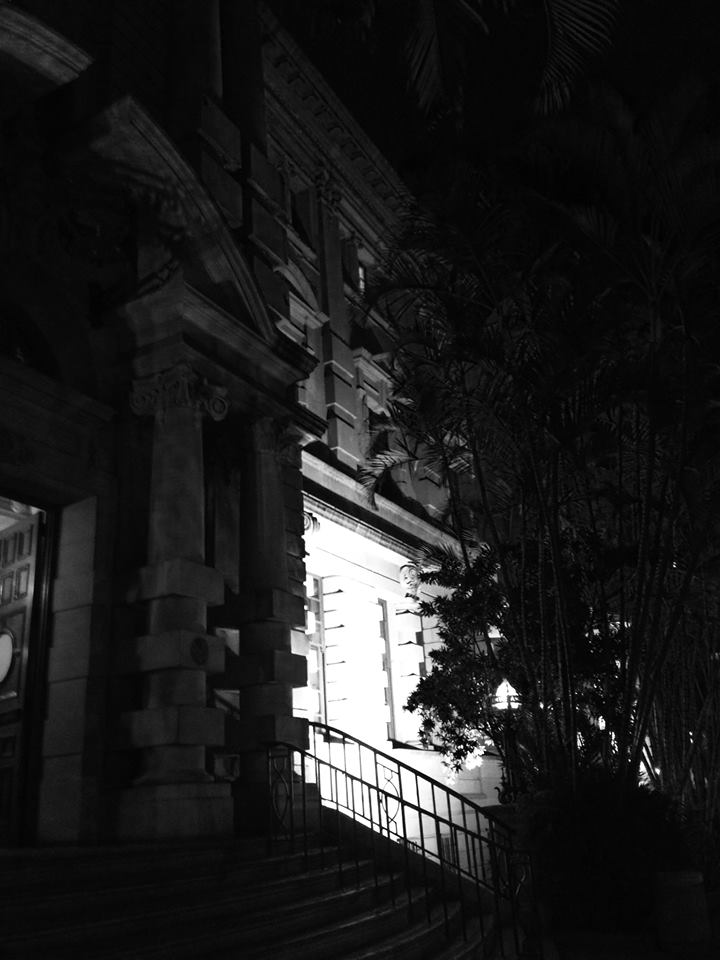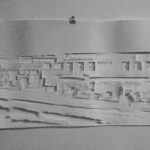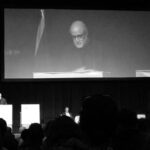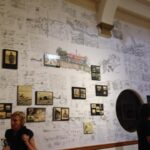Sanibonani!
I see you. I recognize you.
When introducing the keynote speaker, Mpethi Morojele South Africian architect, isi- Zulu greeting . He expanded on the meaning of sanibonani as recognizing the humanity of another.
We see you. We recognize you soon became the central theme of the rest of the congress days.
Day 2
Ian Low | Andrew Makin
The theme of the day 2- Ecology was introduced by Ian Low, prolific academic at UCT who defined Ecology in the broader context of bringing dissimilar thing together, where the possibility exists for difference to exist.
He explored the idea of how to become modern without without forgetting the source, he implored architects to go back to basics to design for ideas and quality, rather fees and quantity.
Local Durban architect Andrew Makin expanded on the Ecology theme calling it connectivity. Seeing ecology as multiple ways of seeing the future , where the world will become more diverse unlike the divided one we come from and asked future architects to explore otherewheres, otherways and otherhows..
Francis Kere | Suzannah Drake
There could not have been a better speaker than Francis Kere from Burkina Faso, who also has a practice in Berlin, to fulfill that mandate of otherways of through the exploration cross cultural diversity of his own work. His obvious passion for building and educating through the making of his work was clearly eveident.
He asked the audience earnestly:
Why do we look to the west for solutions?
Imploring us through his work to look to local methods for innovative solutions, he had the eager audience in the palm of hand – working through his expansive work from his native village in Bakina Faso as to his conceptual installations in the London Museum.
But it was his passion that really endeared him to the audience, pounding his hand to his heart he said:
if you have this you have everything!
Kere had the audience on their feet, inspired and proud to be African.
Even though Kere turned out to be a hard act to follow, Drake with brisk-like efficiency took us through her work of sustainable infrastructure in New York. A surprised audience learned that New York has a single pipe system, where stormwater and sewage are discharged together and unlike the pristine images seen on TV, current water systems in this most modern of cities is unsustainable.
Most surprising though, was seeing how Drake has to also meander through a myriad of opposing stakeholders and bureaucracy. Her creative fundraising ideas had to be pushed to the limits in order for her innovative ideas to be implemented, reminiscent of challenges faced by archiects in the developing world. A feeling of we’re not alone in this washed over this delegate.
Transformation in Architecture | SACAP| Crisis
With the program running late, and the parallel programs offering talks on local issues, this delegate opted to attend SACAP’s hosted session on issues affecting Transformation in the South African context.
An urgent topic affecting our industry that has not yet found a forum to be discussed- this discussion, despite its lack of archi-glamour drew a large eager crowd of professionals and students of all backgrounds. Yashaen Luckan, newly appointed president of the SACAP council, described issues facing the crisis that is transformation in this country. Focusing on the issues of CPD and its intention to provide meaningful continuing development, he highlighted the mandate and intentions of the council.
The presidents talk however, sounded abit like corporate rhetoric in the light that several delegates were already having issue with the draconian bureaucracy of having to clock-in for points at every session at the conference.
Armed with a list of pertinent questions affecting disgruntled colleagues, this delegate was looking forward to robust debate scheduled after the president said his bit. With jaw-dropping inefficiency, and in stark contrast to the well-planned main program, the session suddenly was closed.
No planned much-needed debate.
No explanation.
What? Seriously?
Is this how the urgency transformation is taking place? We are in for bumpy ride.
Seoul | Spain | Kenya Exhibition
With a few hours to spare, a tour to the adjacent exhibitions might elevate a dampened spirit.





